↑7 Computer: CGI, Dialup Internet, Multitasking (1995-1999)
Right before the towers fell, circa ’99: this was catalogs, travel blogs, a chat room or two.
– Welcome to the Internet (Bo Burnham, 2021)
In 1995, the ↑7 PC came around. A 16-bit OS can really stretch to use ↑6 memory, but to use ↑7 memory you need a 32-bit OS, like Windows 95 (1995) or Linux (v1.0, 1994).
- Computer Rendering (CGI). Pixar had been making short films for 10 years, but it did not become economically feasible to make a feature-length film this way until commodity ↑7 computers were available. For Toy Story, the first entirely computer-animated feature film, Pixar used a render farm, which was a ↑2 node cluster of high-end commodity ↑7 computers, for a total of 45GB and 8GFLOPS–equivalent to a mid-range GPU in 2008.
- Interpreted languages. At ↑7, interpreted languages can run ↑6 computer software. An interpreted language is easier to develop for as it allows a more rapid feedback loop. It’s more portable than compiled code, and results in smaller code sizes, which was important for distribution at dialup speeds). There were earlier interpreted languages for text processing like Perl (1987), or GUI apps like Visual Basic (1991), but ↑7 languages have builtin multimedia and/or internet capabilities. See Java (1995), Ruby (1995), Javascript (1995), PHP (1995), and Macromedia Flash (1996).
- Multitasking. A ↑7 computer can compartmentalize its applications and protect them from crashing each other or the system.
- Dialup Internet. Linux 1.0 and Windows 95 both accommodated networking to the Internet, which was a huge step up from the Local Area Network (LAN) and BBS connectivity of ↑6. A ↑7 server can handle SSL and databases required for internet commerce. Amazon (1994) and eBay (1995) are the two dot-coms still recognizable from that era.
- mp3. MPEG-1 Audio Layer III uses psychoacoustic modeling to compress high-quality audio with a variable compression ratio, often 10:1 or better. A ↑7 computer can compress or decompress mp3 in real time.
- Internet Gaming. Quake was the natural successor to Doom, with full 3D rendering, better graphics, and more content. Oh, and you could deathmatch with strangers on the Internet. At ↑6, you drag your computer to a LAN party; at ↑7, you start using an Internet matchmaking service.
This is just fundamentally different from what came before.
↑8 Computer: Broadband (1999-2004)
A ↑8 computer has 128MB to 1GB of RAM. What do we get for it?
- Always-online. During this time, networking became pervasive. Not just always-on cable Internet, but also Bluetooth (1998) and WiFi (1999) and 3G cellular networks. Wherever you are, you can be online.
- Cross-platform web apps. Interactive apps with animation and even video became possible with Flash and Java.
- Massively multiplayer online games. Hundreds of players in huge battles with dragons.
- VoIP. Long-distance calls had previously been billed per-minute. But over the Internet, sending packets was free, no matter where they went.
- Cellular networks. The cellular networks basically correspond to decades: 1G (analog) in the 1980s, 2G in the 1990s, 3G in the 2000s, 4G in the 2010s, and 5G in the 2020s. 2G was enough for digital voice and basic SMS, whereas 3G had enough data for email, web browsing, and navigation.
- Smartphones. Though there were “clever phones” like the Blackberry (2000, ↑6 computer), the first iPhone (2007) was a ↑8 computer.
↑9 Computer: Social (2005-2012)
A ↑9 computer has 1GB to 8GB of main memory, plus a smaller amount of GPU RAM. These computers can be 32-bit or 64-bit.
- Streaming video. YouTube (2005, bought by Google in 2006) delivered high-quality video streaming of user-generated content, enabled by widespread broadband, HTML5 video/audio, next level storage, and next level compute (on both the client for smooth playback, and on the server for encoding).
- Single Page Apps. AJAX (Asynchronous JavaScript and XML) allowed web pages to update dynamically without requiring a page reload.
- Social media. This enables a bottomless vat of content from Facebook (2004) and Twitter (2006), updating in real-time.
- Virtualization. If you can compartmentalize whole systems, you can divide a ↑9 computer into 10 slices, each its own independent ↑8 computer. A ↑1 fleet of computers is a “cluster”; a ↑2 fleet is a “server farm”; a ↑3 fleet is a “datacenter”. The “cloud” started with AWS (2006) as a ↑4 fleet of ↑9 computers; now AWS is a ↑6 fleet of ↑11 computers.
- Virtual Reality. The Oculus Quest (2010) and other VR devices are ↑9 computers.
↑10 Computer: Unlimited (2012-2020)
Software is eating the world.
– Marc Andreessen (2011)
A ↑10 computer has 12GB to 96GB of RAM and is 64-bit. This is so much memory that this level is characterized by deliberate waste and ubiquitous computing overkill.
- Unlimited data. Mobile data plans are effectively unlimited, as is cloud storage. Does anyone other than a data hoarder have any use for multiple terabytes of local storage?
- Always available everywhere. Cellular networks and mobile phones, previously available only most of the time, are now always available. Smartphones can be assumed in most contexts, and mobile tethering can be more reliable than broadband or public wifi.
- Never throw anything away. Hundreds of open tabs. 12 megapixel restaurant selfies. (Can’t save the headphone jack though.)
- Layers upon layers of virtualization. Windows XP running in Javascript. Slack desktop is a web app with a bundled browser.
- Internet of Things. Watches, televisions, and refrigerators that are too smart by half.
- Live-streaming. Remember when YouTube had a maximum video length of 10 minutes? Now it’s 24 hours. Twitch (2011, bought by Amazon in 2014) makes livestreaming available to anyone.
- Blockchains and cryptocurrency. Expensive vanity hashes for a decentralized ledger and links to pixel art.
- AI inference. Translate Rembrandt to Rothko and Elvish to Klingon.
- Ultra HD video. AAA games and video editing 8K resolution and 120Hz.
↑11+ Computer: Supercomputer (2020-)
A ↑11 computer has 128GB to 1TB of RAM. These are modern computers with high-end GPUs.
An A100 has ↑10 RAM and does ↑14 FLOPS, which combined might be considered a ↑11 or ↑12 computer.
- AI training requires orders of magnitude more compute time than AI inference. GPT-3.5 training used ↑3 A100s and ↑7 time, so that might be considered a ↑15-↑17 computer.
- Simulations in physics, chemistry, and biology: nuclear, astrophysics, climate modeling, genomics, protein folding.
- Code-breaking: Encryption is crackable, if you have enough brute force computing power.
The fastest supercomputer is made up of ↑4 of these CPUs and GPUs, for a total of ↑15 RAM and ↑18 FLOPS.
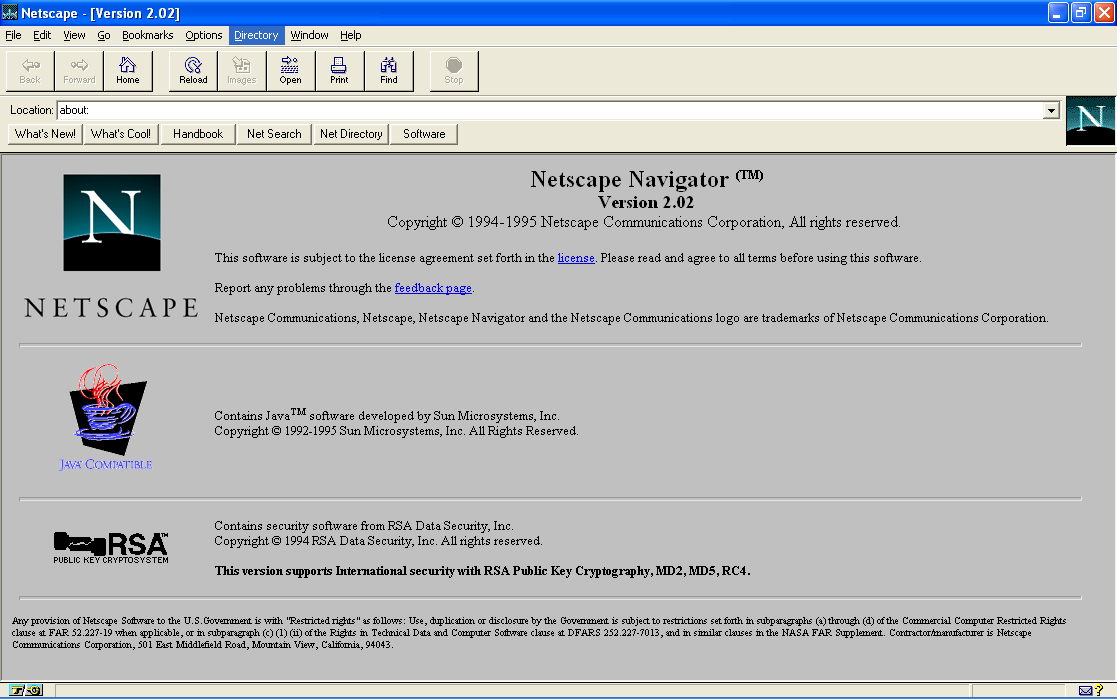 Netscape Navigator
Netscape Navigator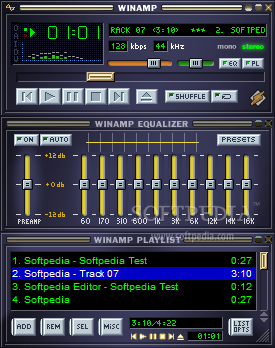 Winamp
Winamp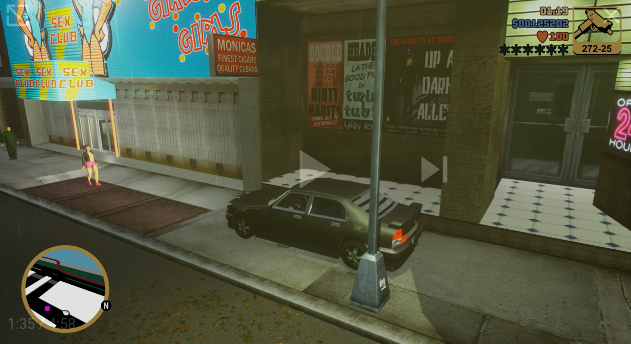 Grand Theft Auto III
Grand Theft Auto III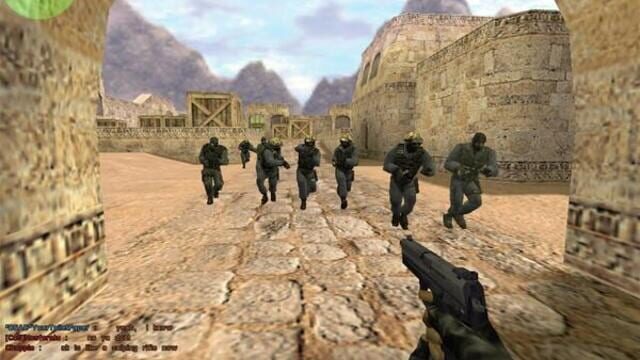 Counter-Strike
Counter-Strike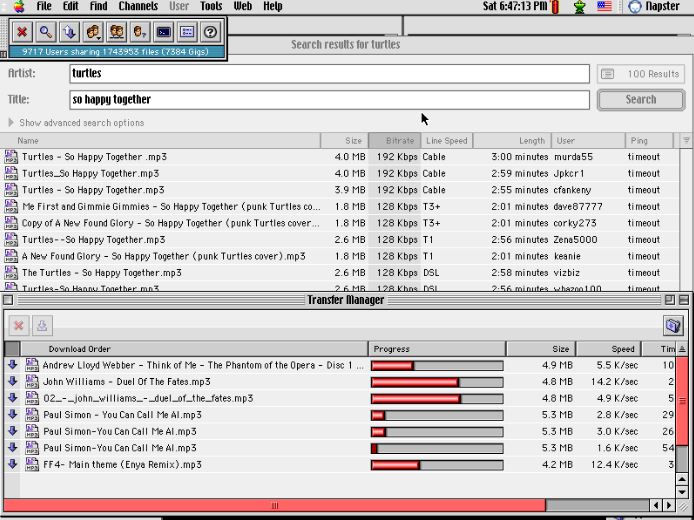 Napster
Napster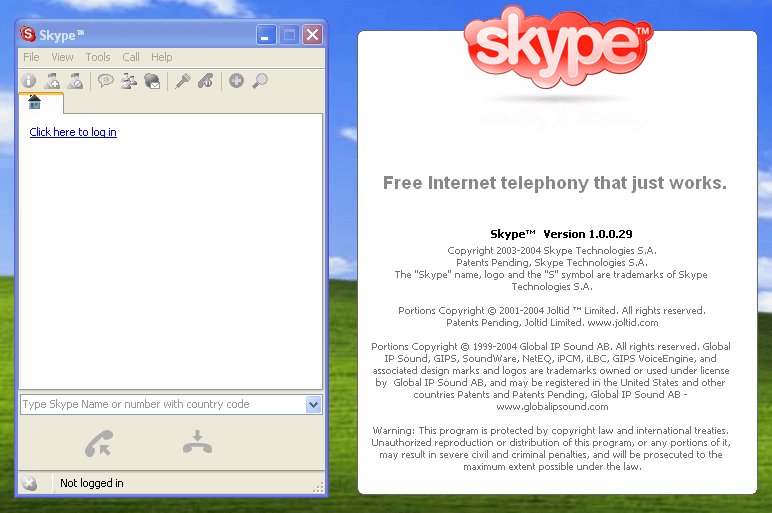 Skype
Skype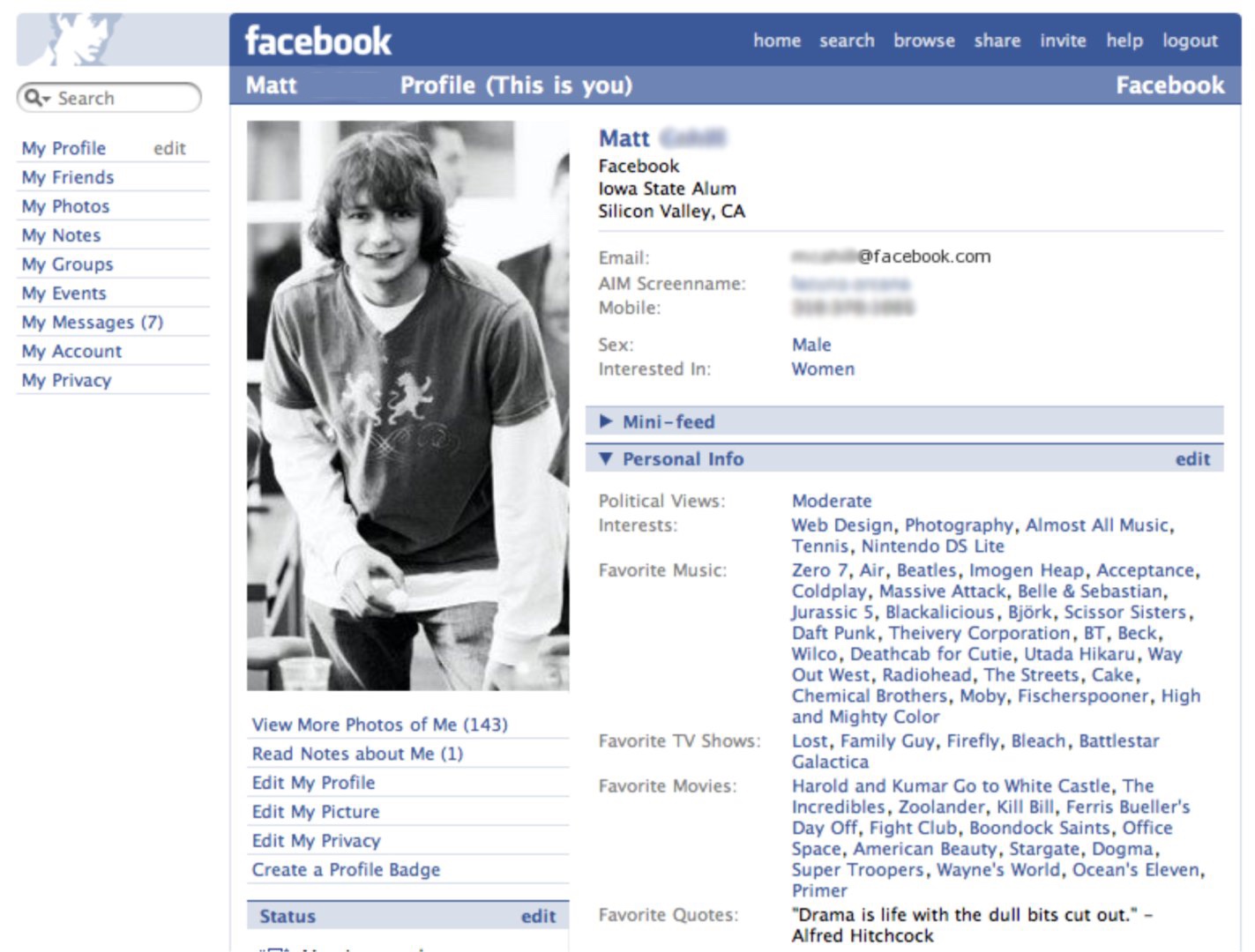 Facebook
Facebook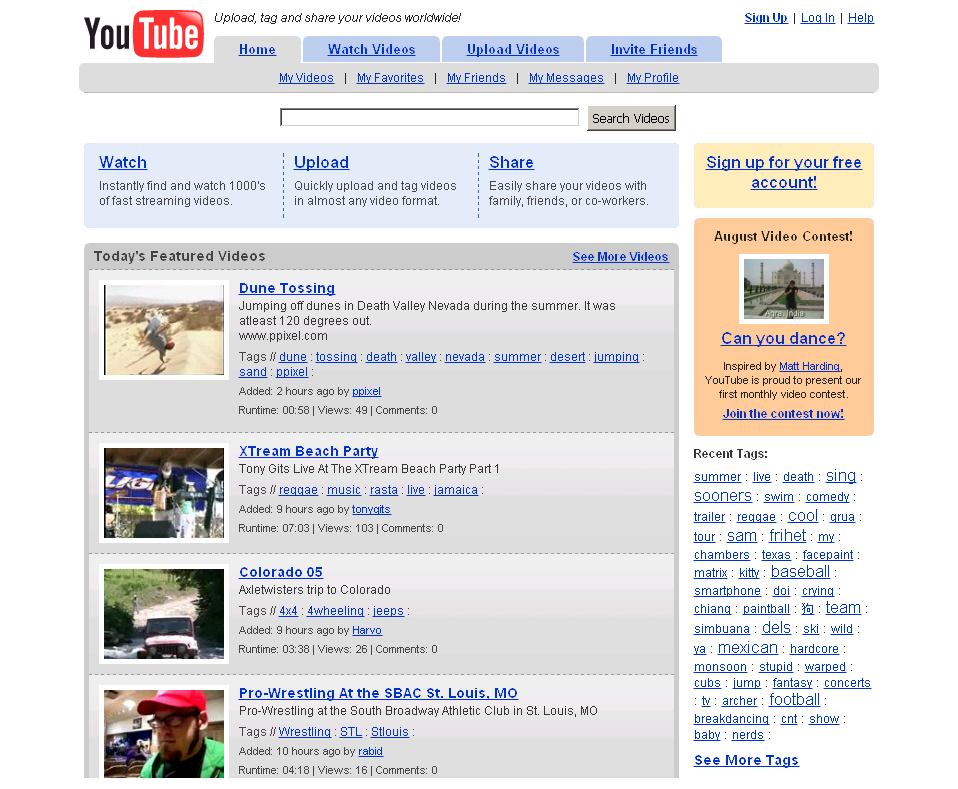 YouTube
YouTube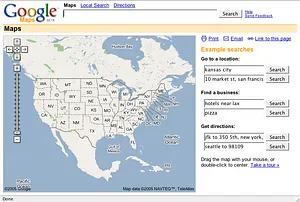 Google Maps
Google Maps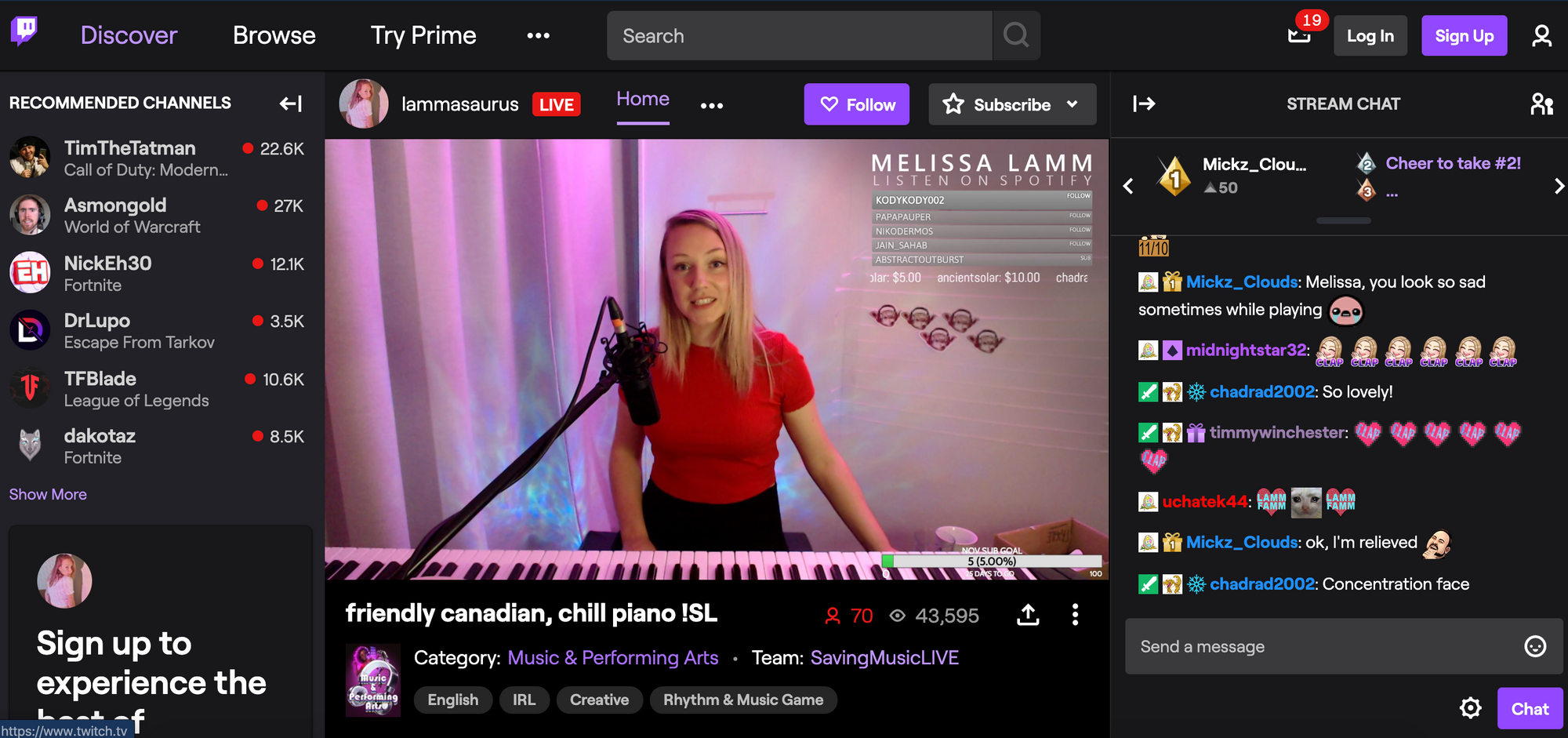 Twitch
Twitch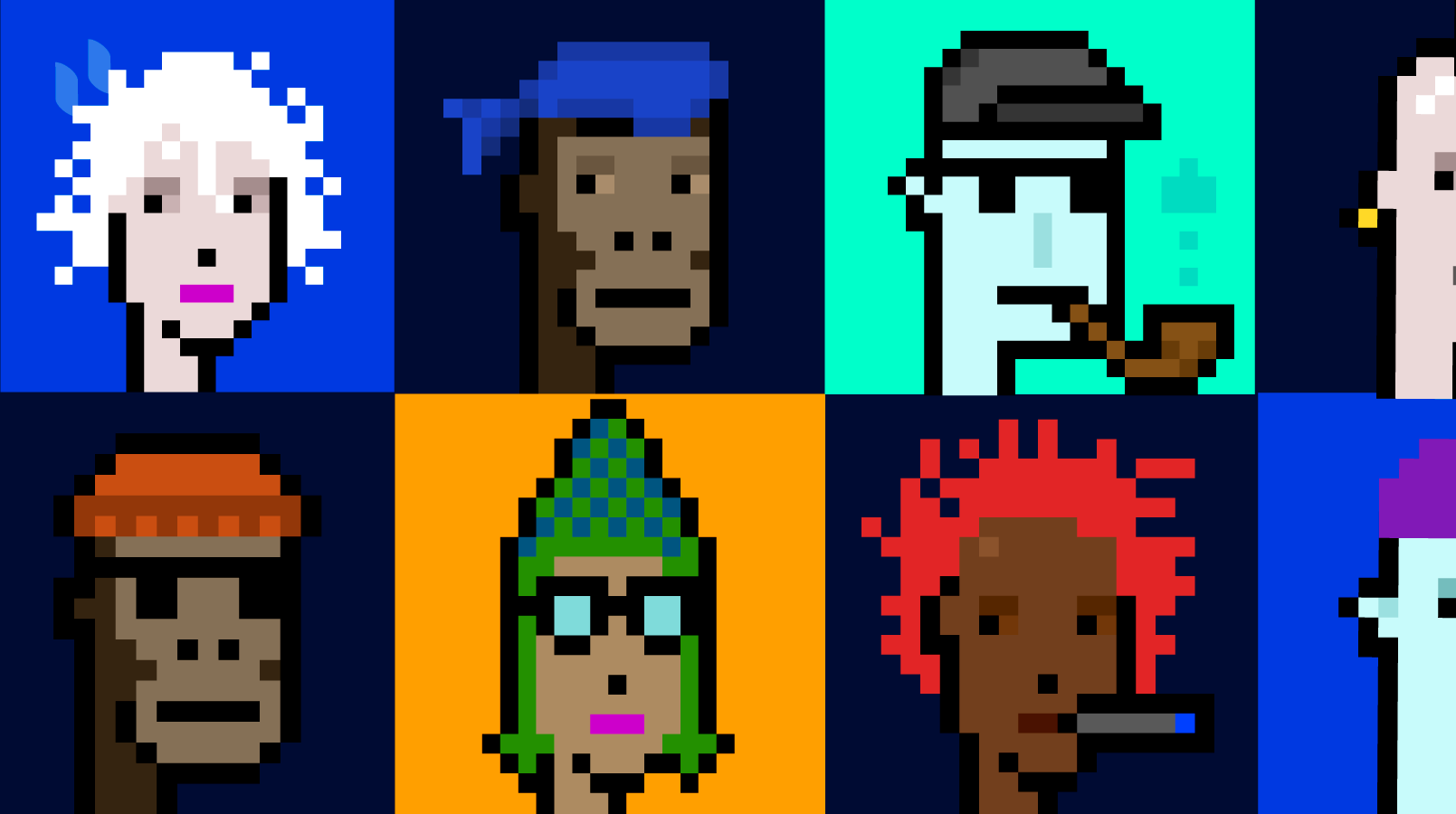 CryptoPunks NFT
CryptoPunks NFT Midjourney
Midjourney